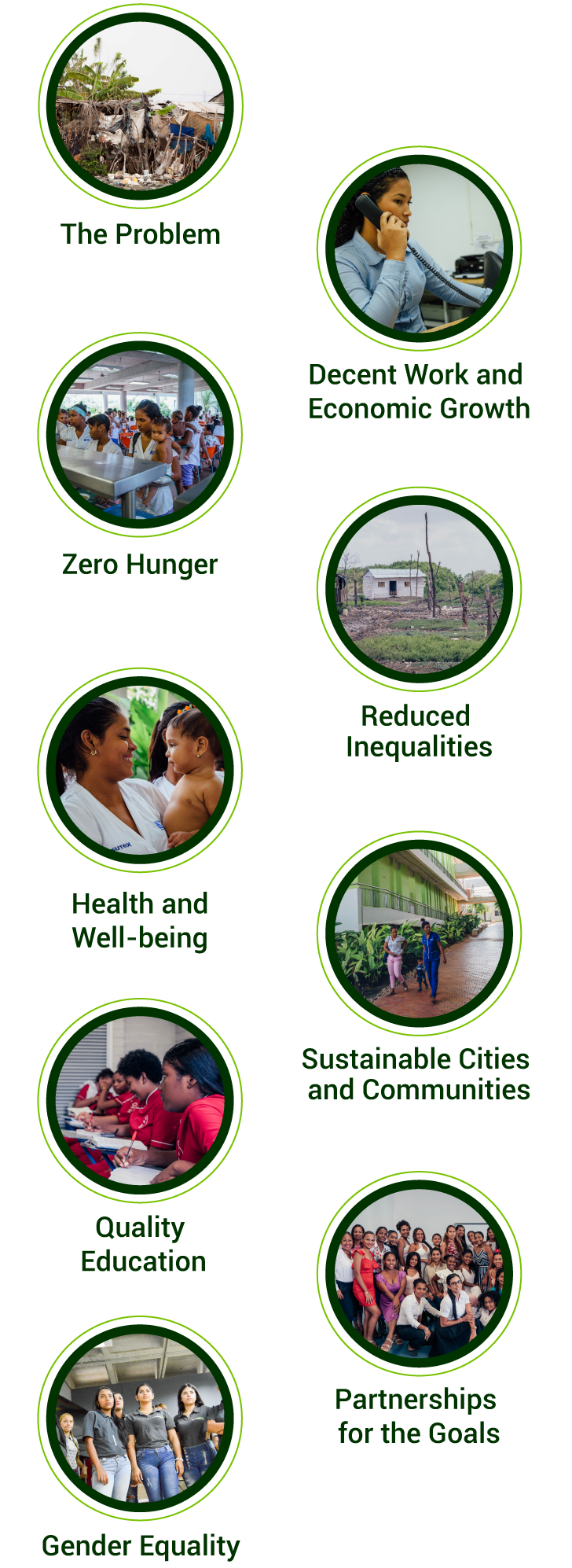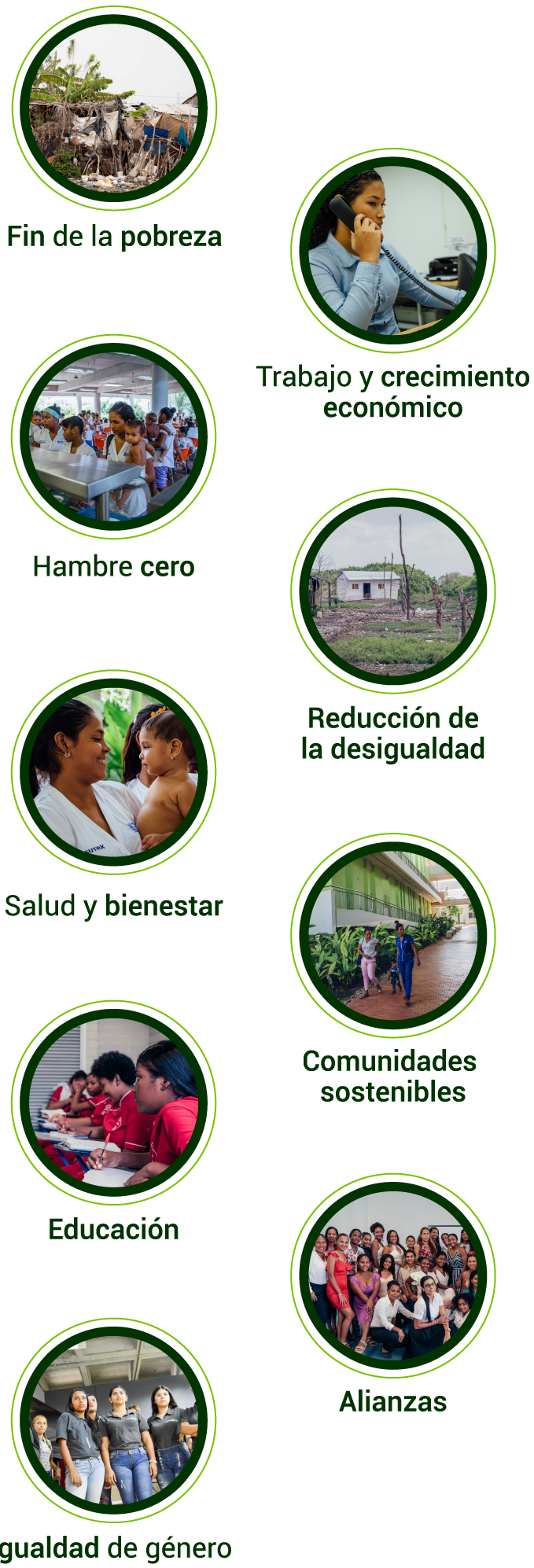The World Health Organization (WHO) reports that each year, 16 million adolescents aged 15 to 19 and 1 million girls under 15 give birth. Latin America and the Caribbean have the second-highest adolescent pregnancy rate in the world, and are the only regions with an increasing trend of pregnancies in girls under 15, according to the UNFPA.
In Colombia, one in five mothers is an adolescent. These pregnancies are linked to lower educational and socioeconomic levels, as well as gender-based violence, lack of access to contraceptives, and inadequate sexual education. Maternal mortality is high among adolescents, with the risk of death doubled for those under 15. Additionally, perinatal deaths are 50% higher among teenage mothers.
Adolescent pregnancy perpetuates poverty and inequalities, impacting young mothers, their children, and communities. Children of adolescent mothers are more likely to have poor school performance. School dropout is a major consequence, limiting the development and job market opportunities for these young women.
To address this issue and prevent subsequent pregnancies, efforts are being made in marginalized communities in Latin America, primarily in Colombia, aligning with 9 of the 17 United Nations Sustainable Development Goals (SDGs).

As reported by the World Health Organization (WHO), 16 million girls between 15 and 19 years old and about one million girls younger than 15 give birth every year. Latin America and the Caribbean have the second highest adolescent pregnancy rate in the world, and it is the only region that has shown an upward trend in pregnancies in women under the age of 15, according to the United Nations Population Fund (UNFPA).
In Colombia, one in five mothers is a teenager, as stated in the National Survey on Demography and Health (ENDS 2015) of the Ministry of Health and Profamilia. These pregnancies are linked to lower educational and socioeconomic levels: 48% of young mothers had only completed primary education and, according to the Colombian Institute of Family Welfare, adolescents who are in the lowest wealth quintiles report 18.4% more incidence in pregnancies than those in the highest quintile. Sexist violence, a lack of access to contraceptive methods, and a poor sex education are also identified as root causes of teenage pregnancy.
Maternal mortality is one of the leading causes of death in women aged between 15 and 24 years in the region of the Americas, and the risk of maternal death doubles in mothers under the age of 15 in middle- and low-income countries. In Colombia, 1,900 girls and young women die each year during pregnancy, childbirth and postpartum (ENDS 2015). Perinatal deaths, meanwhile, are 50% higher in newborns of mothers under 20 years, compared to newborns of mothers aged 20 to 29 years (WHO).
However, adolescent pregnancy is not just a public health issue. Today, it is recognized as one of the main factors that perpetuate poverty in developing countries, since it increases the gender gap, socioeconomic inequalities, and situations of vulnerability and exclusion.
In addition, it has not only individual implications, but also collective: it negatively affects the life of the pregnant woman, her children, her family, and her community. Children of teenage mothers are more likely to have poor school performance or to drop out of school; and girls, in particular, to repeat their stories and also become mothers at an early age.
One of the main consequences of teenage pregnancy is school dropout, which has an impact on their opportunities of development, completing their education and having access to a decent job. According to the study “Determinants of pregnancy in adolescents in Colombia”, carried out by Profamilia and Plan Foundation in 2015, for each adolescent who has had a pregnancy and continues to attend an educational institution, there are 9 who leave school before pregnancy; and for every adolescent who has had a pregnancy and has approved a year of higher education, there are 11 who have had a pregnancy and did not go to an educational institution.
For all these reasons, and because we are committed to creating a more just and sustainable society, we address the issue of teenage pregnancy and prevent subsequent pregnancies in marginalized communities in Latin America, mainly in Colombia. Our actions are aimed at 9 of the 17 Sustainable Development Goals (SDGs) of the United Nations.

We have transformed the reality of more than

